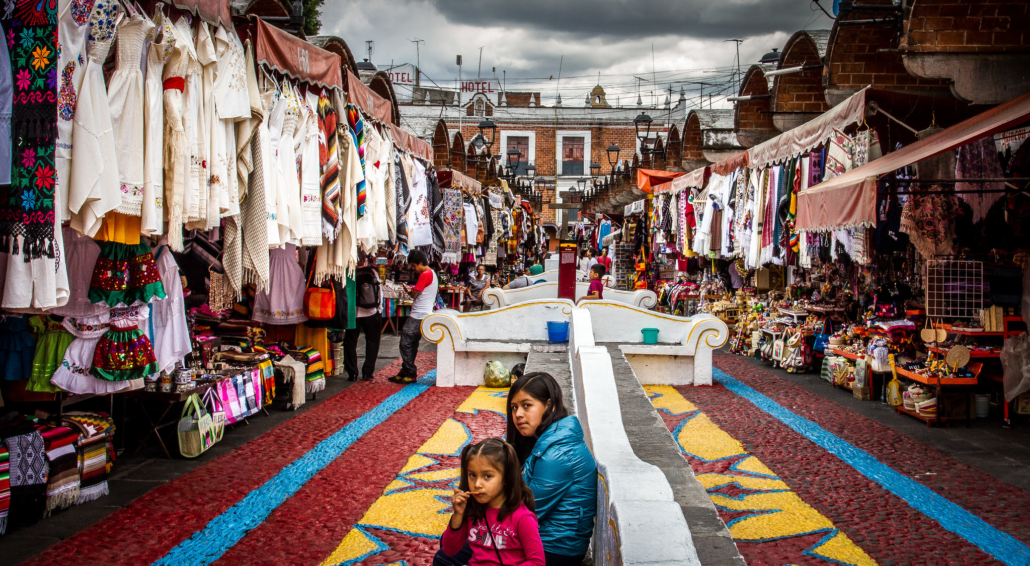The Mayan Train’s Potential Impact on Poverty in Southeastern Mexico

In Mexico, a 900-plus-mile rail project called El Tren Maya (the Mayan Train) brings hope for reduced poverty in the country. The railway, estimated to cost $6.5 billion at the time of the announcement of the project in 2019, will run through five states in Southeastern Mexico and connect everything between Cancún and the Mayan archaeological site at Palenque. Since 2019, the project has been met with both support and concern: while many praise its ability to create jobs, increase tourism and alleviate poverty in Southeastern Mexico, others have questioned its potential impacts on the region’s rural and Indigenous communities.
The Mayan Train Project
President Andrés Manuel López Obrador proposed the Mayan Train project shortly after his inauguration in 2018, stating that it would be “an act of justice” for the country’s poverty-stricken southeastern states. In 2020, the World Bank reported that almost 44% of the country lived under the national poverty line.
Mexico’s poorest states are located in the south of the country. According to the London School of Economics and Political Science, Chiapas, Guerrero and Oaxaca stand as the poorest states — official 2016 poverty data from CONEVAL indicates that about 71% of people across these three states endured poverty, which is significantly higher than the national average of 44%.
López Obrador is not the first Mexican President to take an interest in improving the country’s railroad infrastructure. In 2012, former President Enrique Peña Nieto aimed to construct a railway connecting Cancún to Mérida, but budget cuts halted the project.
Initial funding for the Mayan Train project came from Mexico’s National Fund for the Promotion of Tourism (FONATUR), which issued a €1 billion contract to a consortium of companies in 2021. The project consists of several phases, with plans to both incorporate existing tracks and build new ones. FONATUR has pledged to use federal land for all new construction. In a November 2019 public referendum, 89.9% of the Mexican voters who participated voted in favor of the project.
Project Positives
Those working on the project have estimated that the train will serve 8,000 passengers a day and will attract 3 million people in its initial years of operation. Alstom Transport Mexico, one of the companies involved in the construction, anticipates that the project will immediately generate more than 11,000 jobs and “boost economic growth in the southeast.”
A U.N.-Habitat analysis of the Mayan Train’s larger potential impact concluded that the project would ultimately generate some 945,000 new jobs in the region while enhancing access to education and the labor market. This would help to reduce poverty in Southeastern Mexico and Mexico as a whole, where the unemployment rate stood at 2.9% (more than a million people) in January 2023 and nearly 4 million people lived in poverty in 2020.
Concerns among Indigenous Communities
Despite the project’s projected ability to alleviate unemployment and poverty in Southeastern Mexico, there are some concerns, specifically among Mexico’s Indigenous communities. In 2020, 69.5% of Mexico’s Indigenous population lived in poverty, mainly in the country’s southern states. In 2020, the Mayan communities of Campeche issued a petition, signed by 268,000 people, to the Ministry of Environment and Natural Resources requesting the suspension of the Mayan Train project.
Members of the Regional Indigenous Council of Xpujil stated that the communities did not receive “timely and sufficient information to give their consent” to the construction. Their concerns centered on the environmental impact of the Mayan Train project and its potential threat to the conservation of sacred lands. Indigenous communities have also expressed concern that the project will only benefit tourists and the wealthy.
Looking Ahead
Addressing these concerns, the U.N. estimates that 46% of the nearly 1 million jobs generated by the Mayan Train will benefit Indigenous peoples. FONATUR and U.N.-Habitat have also collaborated to develop a set of urban planning and design guidelines aimed at ensuring environmental responsibility, social inclusion and equitable benefit across the region’s communities.
A sign of progress and hope for Southeastern Mexico, construction of the Mayan Train resumed in late 2022, with plans for the first segment of the railroad to begin operating in December 2023.
– Audrey Gaines
Photo: Flickr
